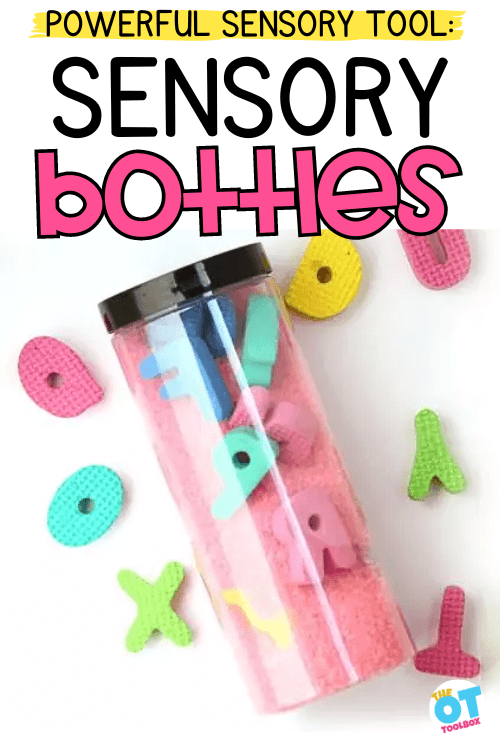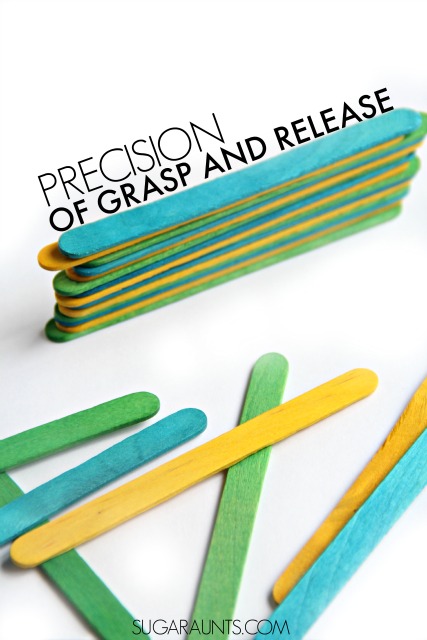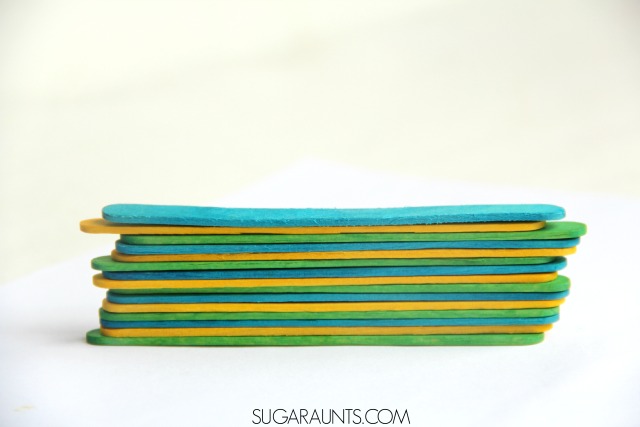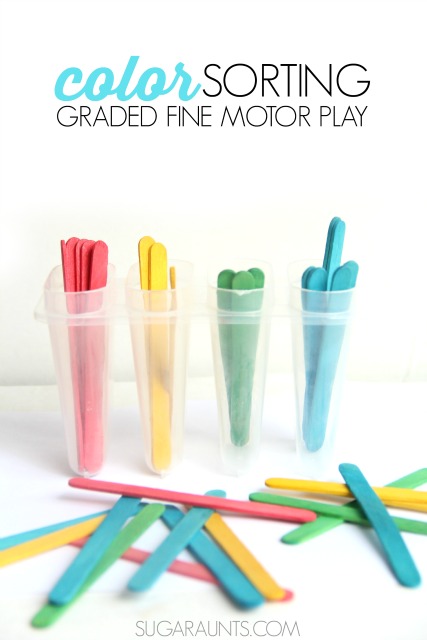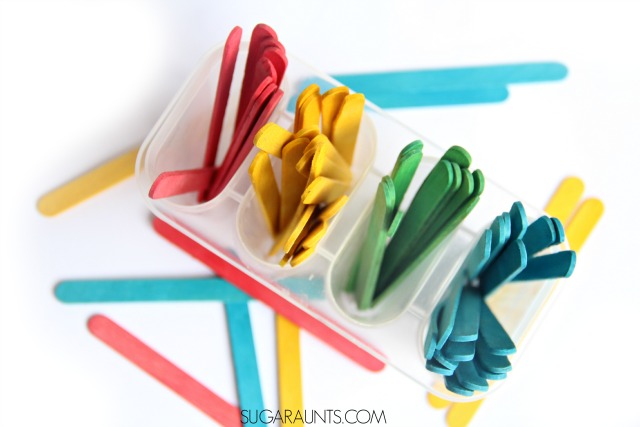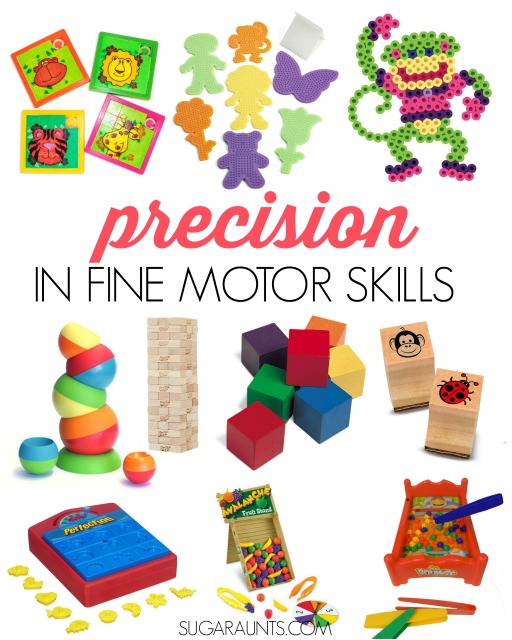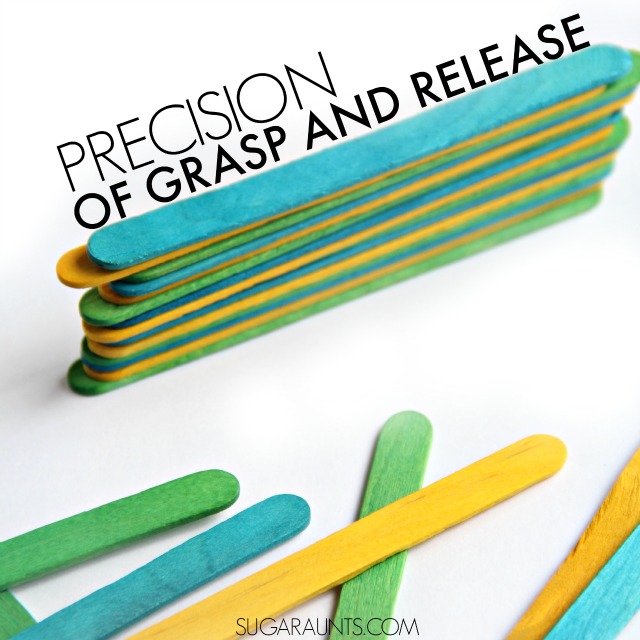In this blog post, we’re covering an important piece to the fine motor skills puzzle: finger opposition! Finger and thumb opposition is a dexterity and precision skill that develops from a young age, and is very important in eye-hand coordination tasks that we complete every day. Let’s cover what this term means and how to support finger to thumb opposition skills.
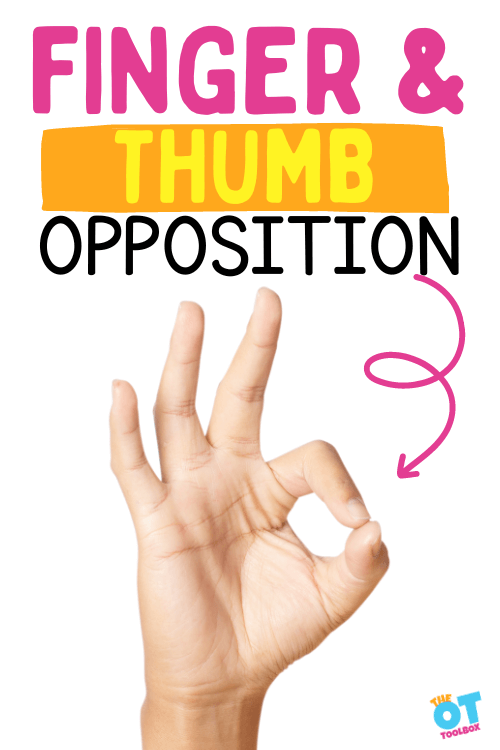
Finger Opposition
Have you heard of the term “opposable thumbs”? You probably heard it as a reference to the difference between human hands and other, less advantaged animals. However, many other animals have opposable thumbs which work much like ours!
But what does it actually mean to have opposable thumbs? What are we talking about when we say “finger opposition”? Why is it advantageous?
What is finger to thumb opposition?
Finger opposition, thumb opposition, and finger to thumb opposition all refer to the same thing. When we say these phrases, we are referring to the range of motion of the thumb (thumb ROM) as is rotates and flexes (or bends) to touch the pad of the thumb to the pad of the pointer finger.
To break it down further, the word “opposition” refers to something being placed opposite of another. So, having an opposable thumb means one has the ability to place the thumb opposite to, or across from the other digits (the fingers).
This thumb ROM is useful in order to grasp objects between the thumb and fingers.
Many grasps involve the oppositional movement of the thumb, think: picking up coins, grasping a baseball, or turning the pages of a book. An occupational therapist can begin to assess for strengths and weaknesses in thumb opposition by asking their patient to tap their thumbs to the tip of each finger.
A hand assessment typically addresses the thumb ROM to oppose several areas:
- Thumb to tip of each finger
- Thumb to base of each finger
These motions allow the hand therapist to assess the ability to flex the thumb CMC joint, the thumb MP joint, and thumb IP joint for functional use in picking up and handling objects.
Also a major part of this assessment is a detailed look at finger ROM (range of motion). The following areas will also be assessed in a typical hand therapy evaluation:
- Finger isolation
- Range of motion of finger MP joints
- Range of motion of finger PIP joints
- Range of motion of finger DIP joints
- Pinch strength
- Grip strength
- Sensation
- Edema (swelling)
- Pain
- Coordination and precision skills
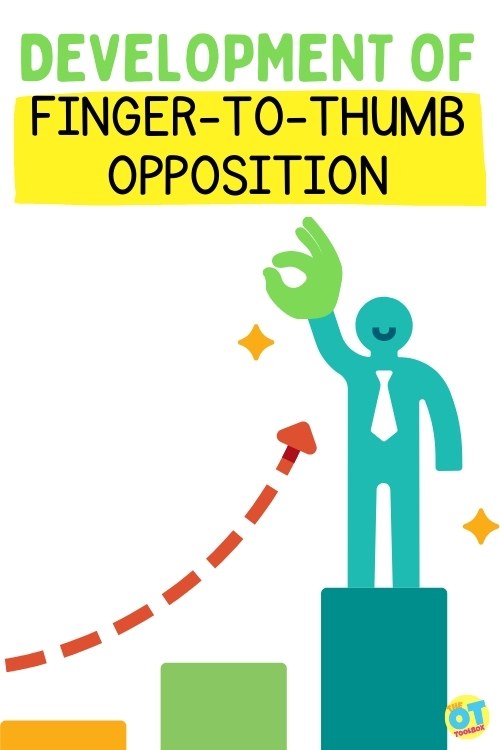
DEVELOPMENT OF THUMB OPPOSITION
We can follow the development of an infant’s thumb oppositional skills by observing their grasps on rattles, bottles, cheerios, or whatever they may have nearby. A typically developing infant is expected to go through this timeline of grasping skills:
Newborn: Reflexive Grasp (Palmar reflex)
- Newborns (up to 3 months of age) will reflexively hold whatever is placed in their hands. This reflex lays the foundation for a purposeful grasp in the baby’s life!
- Opposition? No thumb opposition yet, as the reflexive grasp focuses on the fingers curling in.
4-6 Months: Purposeful Palmar Grasp
- Little ones this age are just starting to figure out how to reach for a desired object and grab a hold of it. They tend to hold the object between the palm and fingers, which is why this is called a “palmar” grasp.
- Opposition? No thumb opposition just yet; the thumb may begin to move towards the palm, but is usually unused in the grasp, placed away from the hand, as in a “thumbs up”.
6-8 Months: Radial Palmar Grasp
- In a radial palmar grasp, the thumb is secured along the side of the palm or the side of the index finger while the fingers hold the object in the palm. This demonstrates increased strength and precision of movement.
- Opposition? Here we can see the beginning of oppositional skill, but we aren’t quite there yet.
8-10 Months: Radial Digital Grasp
- All of these grasp names sound confusing, but do you see how we went from “palmar” to “digital”? In other words, the thumb went from touching the “palm” to touching the “fingers”!
- Opposition? Ladies and gentlemen, thumb-to-finger opposition has officially begun.
10-12 Months: Immature and Mature Pincer Grasp
- First, the immature pincer grasp will develop. This is the grasp when a baby will hold a cheerio (or another small item) between the thumb and the side of the index finger.
- Later on, the mature pincer grasp develops which means that the thumb can oppose to the index finger! This is also known as a “tip” pinch, where the tip of thumb and the finger tip are together, much like the “okay” signal.
Over the next several months and years, the developing toddler will hone their fine motor skills to be able to oppose their thumb to each finger and coordinate their movements to complete tasks. To support these skills, age-appropriate toddler play activities are essential.
In most cases, the development of thumb to finger opposition is considered “complete” around age five. The average five year old should be able to demonstrate certain movements that indicate developed hands, for example: a functional pencil grasp, stringing beads, zip/unzip, button/unbutton, and various in-hand manipulation skills.
To promote these skills during the ages of 3-5 (and if motor skills appear to be delayed), try some of these preschool activities for age-appropriate motor tasks to support development.
WHY IS OPPOSITION USEFUL?
This movement is essential for how we function with the world around us. For the koala (another member of the opposable thumb family), they are skilled climbers and tree-dwellers by use of their thumb wrapping around a branch, towards their other digits, as a way to secure their bodies for safety.
Most humans are not quite as skilled in tree climbing, but will instead use our opposable thumbs for complex skills like playing guitar, tying our shoes, and handwriting.
For the able-bodied, one way to feel how we may function without the use of our opposable thumbs is to try to zip or button an item without using the thumbs…it is quite the challenge!
Delayed Finger to Thumb Opposition
What happens when finger to thumb opposition is delayed or a challenge for kids?
There are some cases where finger-to-thumb opposition becomes challenging. This could be due to weakness, injury, muscle tone, weakness, range of motion difficulties, or malformation of the hand, fingers, thumb, or wrist.
Really, anything that leads to reduced mobility of the thumb carpometacarpal joint (the point near the wrist that the thumb rotates on) can result in reduced thumb opposition.
When there is a lack of thumb opposition, one solution to increase function is to provide interventions for joint range of motion and muscle strength. This can be done in play-based ways that are therapeutic but tons of fun!
ACTIVITIES FOR Finger to Thumb Opposition
Craft and play-based activities are one great way to increase thumb to finger opposition in kids. The best part, though, is that you are increasing so many more skills at the same time! We’re talking fine motor strength and coordination, visual motor skills, bilateral coordination, social skills, and more!
Along with the many great activities below, check out our page all about Fine Motor Skills and our Fine Motor Checklist for more information on development of these skills.
Activities to Open Thumb Web Space – These activities open the thumb web space so a nice round circle is seen during thumb opposition. This enable precision of motor skills and a refined pincer grasp.
Finger Play Songs– These opposition activities promote thumb ROM and coordination of the thumb and finger movements.
Hand Eye Coordination Activity– Precision and motor planning go hand in hand with eye-hand coordination tasks. This is where you will see thumb and finger opposition in action.
Finger Isolation Crafts– Isolating a single finger is a refined and graded motor task that enables opposition movements from the thumb to a single finger.
Fine Motor Travel Box– This activity is a fine motor tool that makes working on thumb and finger opposition skills fun.
Separation of the Hand Activity– The thumb is on the precision side of the hand and along with the pointer finger and middle finger is responsible to precise motor movements and dexterity in tasks. Finger to thumb opposition is a main piece of this.
Play Doh Fine Motor – Opposable thumb activities like this one support strengthening and thumb ROM.
Tongs Activities– Strengthening the arches of the hands allows for a stable and supportive base for thumb opposition in functional tasks.
Stickers for Fine Motor – Stickers are a therapist’s best friend when it comes to finger opposition activities.
The way we move our hands can be synonymous with the way we interact with our environment. For a lot of us, the use of our hands are the way that we function in daily life!
Build finger to thumb opposition with these activities:
Working on fine motor skills, visual perception, visual motor skills, sensory tolerance, handwriting, or scissor skills? Our Fine Motor Kits cover all of these areas and more.
Check out the seasonal Fine Motor Kits that kids love:
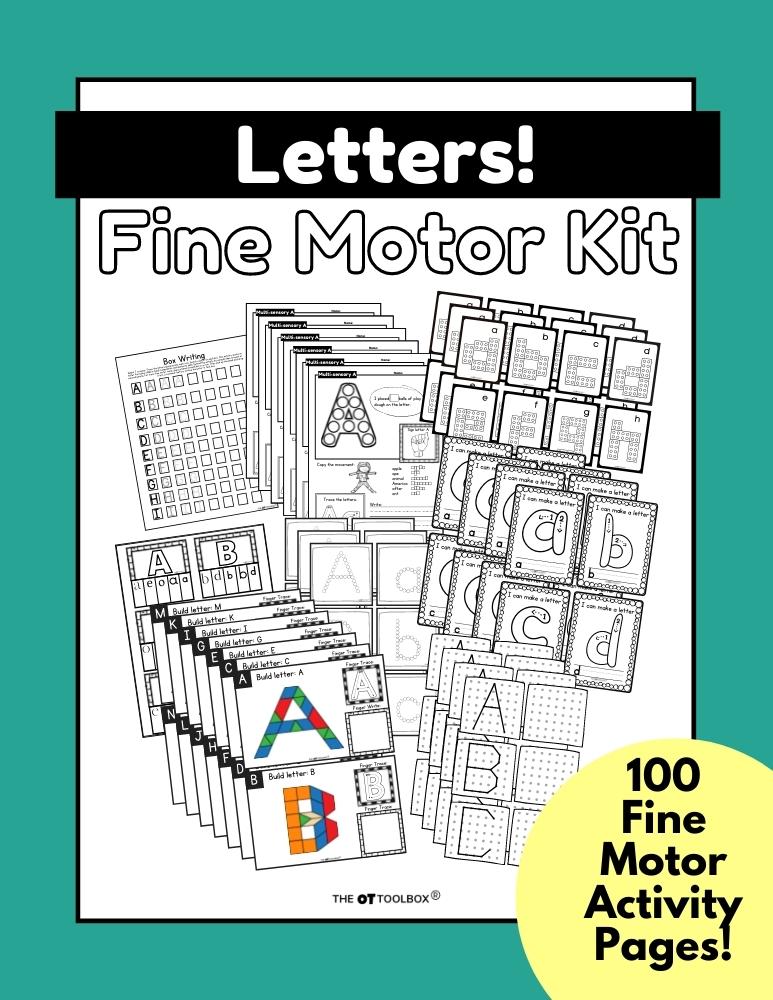
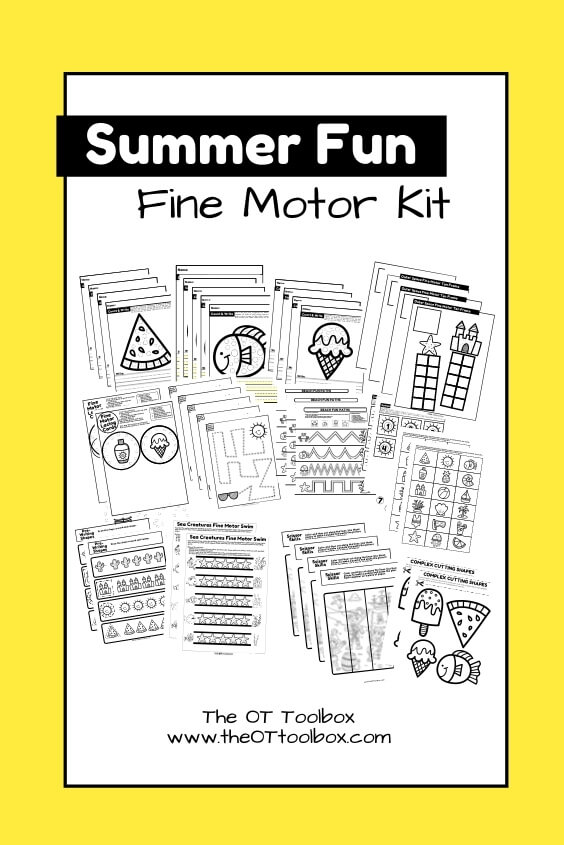


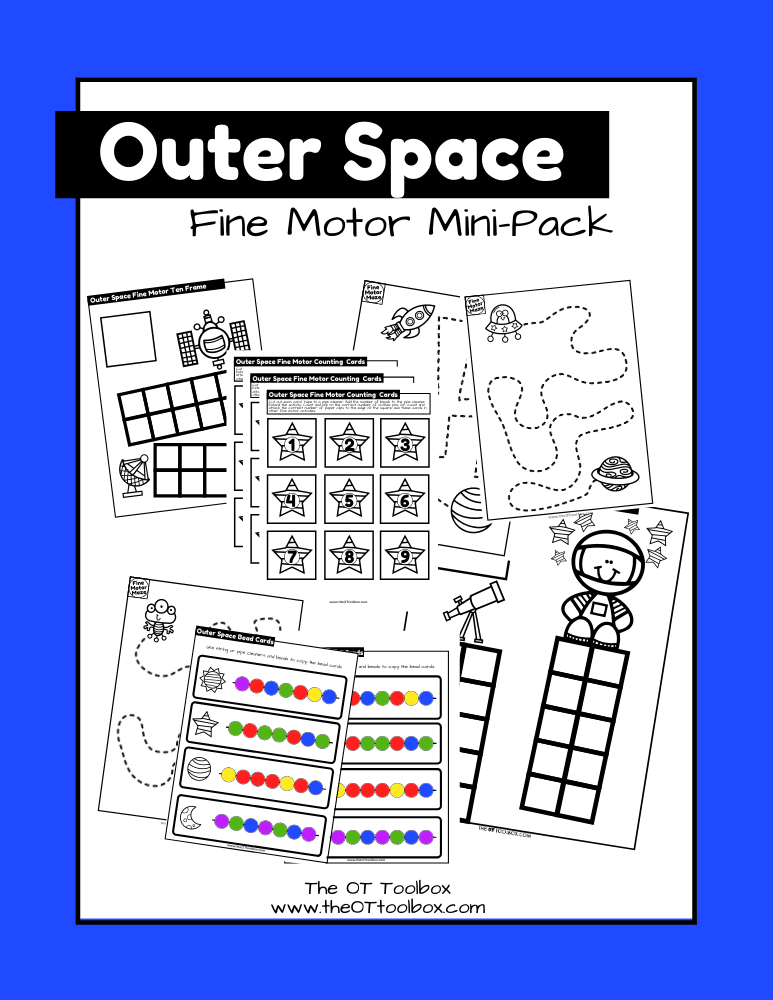


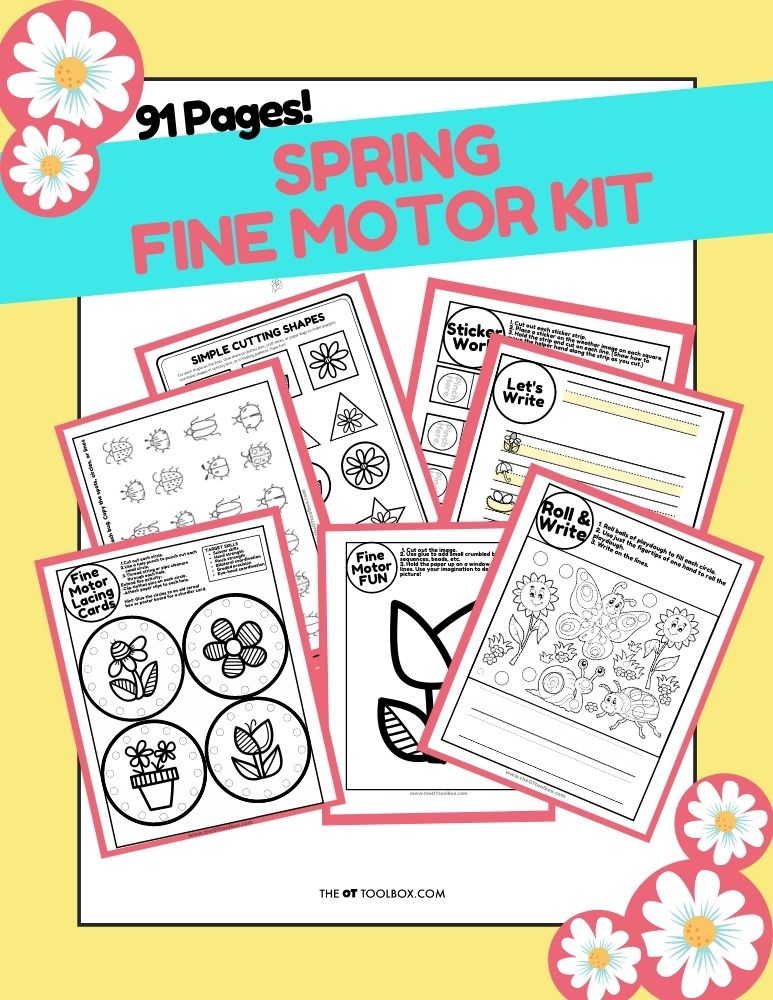


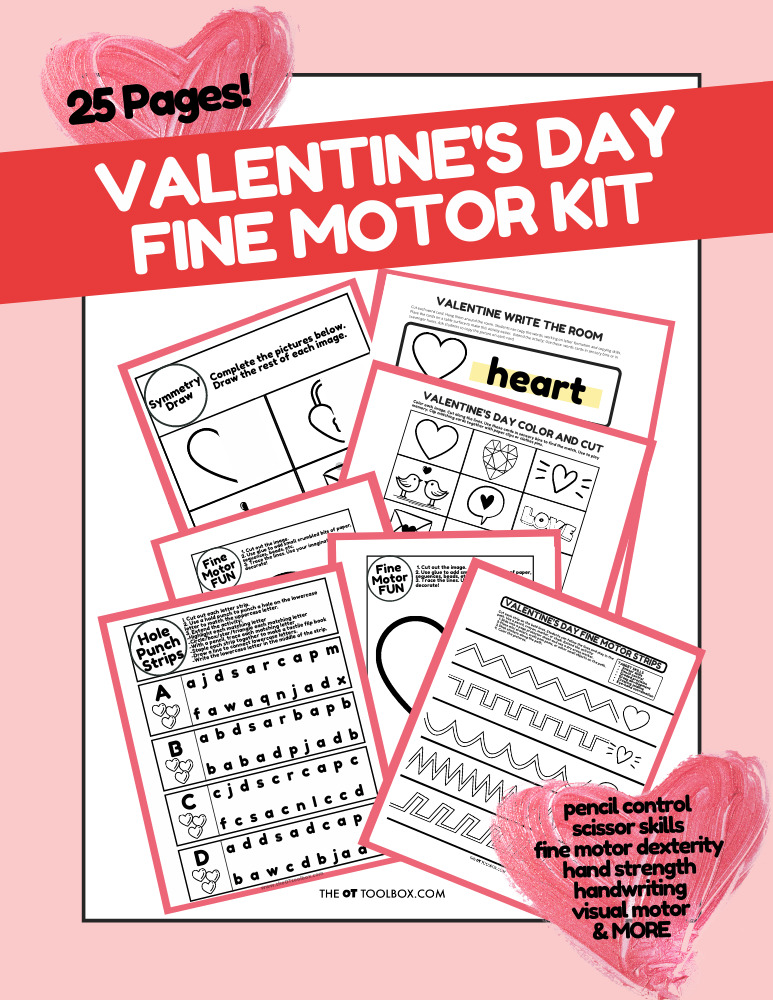


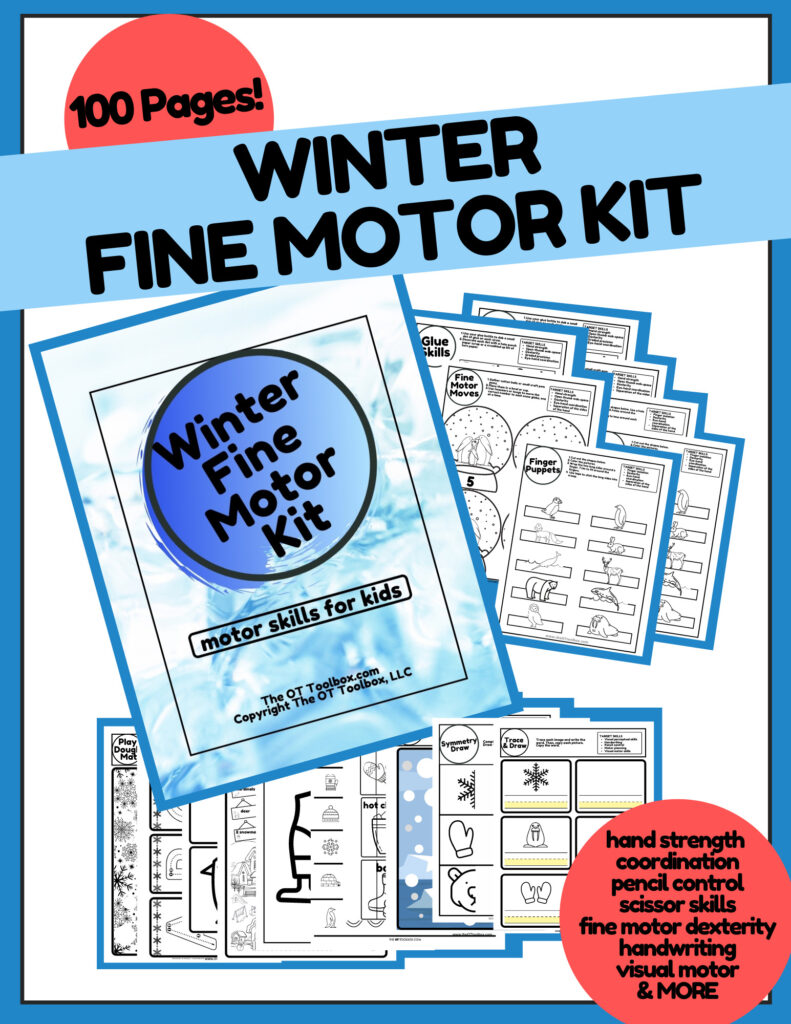


Or, grab one of our themed Fine Motor Kits to target skills with fun themes:
- Frogs Fine Motor Kit
- Unicorns Fine Motor Kit
- Vehicles Fine Motor Kit
- Apple Fine Motor Kit
- Back to School Kit
- Sports Fine Motor Kit
- Outer Space Fine Motor Kit
- Fairytale Fine Motor Kit
- Plus more in our shop!
Want access to all of these kits…and more being added each month? Join The OT Toolbox Member’s Club!


Sydney Thorson, OTR/L, is a new occupational therapist working in school-based therapy. Her
background is in Human Development and Family Studies, and she is passionate about
providing individualized and meaningful treatment for each child and their family. Sydney is also
a children’s author and illustrator and is always working on new and exciting projects.

